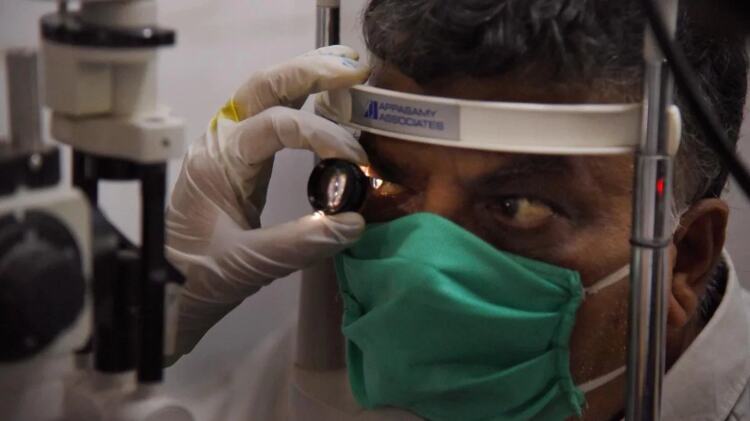A wave of trouble

We live in troubling times. Over the last few weeks, India has seen a surge in the numbers of fungal infections being reported across the country. With over 9,000 cases of mucormycosis or the so-called 'black fungus' being reported, many states in India have now deemed the fungal infection an epidemic. But that isn't all. In recent weeks, we have also seen cases of 'white fungus' in Mumbai and parts of Bihar. White fungus, possibly the infection known as aspergillosis, particularly affects the lungs and has symptoms similar to those of COVID-19. And now there is 'yellow fungus', a fungal infection that early reports claim could be even deadlier than white and black fungus as it attacks various different organs and does not initially have any obvious symptoms until things become more serious with pus leakage and organ failures. There is plenty of confusion in the nation in regards to these fungal infections. Randeep Guleria, the chief of AIIMS recently even said that the naming of these infections is confusing and misleading. There is also plenty of debate on which of the three known infections are more deadly. Regardless, what we do know is that fungal infections are not a new thing and we generally live alongside these fungi just fine, even breathing them in on a regular basis. What is different usually is that our immune systems are in good shape to tackle these fungi and thus fungal infections are not usually a problem. Right now though, things are quite risky. A combination of COVID-19, medical drugs like steroids and antivirals and untreated or poorly treated comorbidities are making many people fall prey to these fungi. In particular, a major factor behind India showing abnormal rates of such fungal infections is the incidence of untreated or poorly treated diabetes in the nation. Diabetes already impacts the system but the use of steroids on top of that in the course of COVID-19 treatment is a double-whammy. Worse still are cases when the diabetes is left untreated or undiagnosed. Then there is the idea of hygiene playing a factor in determining who gets infected by these fungi. General hygiene is considered an issue as well as the cleanliness of a patient's surroundings This is still a matter of some debate but many doctors also argue that these infections spread due to dirty ventilators and other such equipment. Doctors say that since there has been an oxygen shortage, people are being given medicinal oxygen made by industrial setups not designed to produce oxygen for human consumption. This oxygen can be polluted and sub-par with a possibility of these fungi being found in this oxygen. Again, the idea of the quality of oxygen driving these fungal infections is purely speculative at this point. With there being comparatively little information on the spread of these infections, doctors have recommended that above all else, keeping your immunity up is key. This is, of course, the case for someone with diabetes or other comorbidities but also the case for those simply recovering from a bout of COVID-19. Indeed, many cases of these fungal infections are reported in cases where the patient has just recovered from COVID-19. Doctor's have also advised health care practitioners to resist the urge of overusing steroids in severe COVID cases where the general belief is that the sicker the patient is, the more steroids they should be given to bring the condition under control. What is grim about these infections is that while they are generally not a problem, once they are, these infections come with high mortality rates. Treatment of such infections is often difficult, expensive and more often than not requires an operation. If the infection is caught early, then a safe recovery is possible but any delay of detection or treatment can prove fatal. Even those who recover from mucormycosis, for instance, can be left with mutilating damage to their face. The key is thus early detection and avoidance. But then again, given the grim state of India's health infrastructure at this point, this is likely easier said than done.



